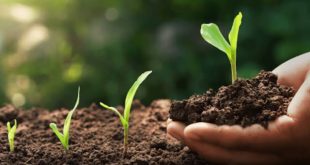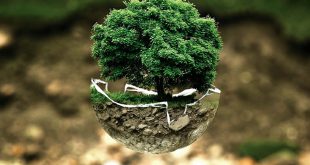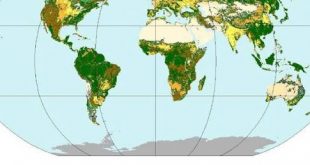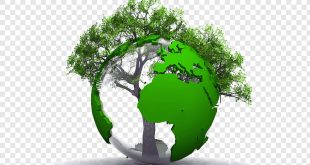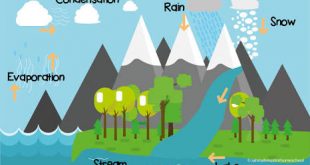With the upward and advancement of human civilization, people gradually discovered co-relations and importance of various materials of environment. To have much more control, flexibility and also from the inborn curiosity, scientists work/ed years after years to find out the relationship among the materials of environment. In such a way, …
Read More »Methods Of Vegetation: Quantitative
Methods of Calculation of Quantitative Data Quantitative data for individual species is calculated by the following methods: 1) Frequency = Number of sampling units in which the species occurred/Total number of sampling units studied Relative frequency = Frequency of a sp./Total frequency of all spp. X 100 2) Density …
Read More »Methods Of Vegetation: Qualitative
Vegetation: Definition Vegetation is defined as an assemblage of plants growing together in a particular location. It is characterized either by its component species or by the combination of structure and functional characters that characterize the appearance or physiognomy of vegetation. Vegetation rapidly responds to changes in habitat. If the …
Read More »Classification Of Land
Classification of Global climate The earth can be divided into the following broad climatic zones: Polar and subpolar zone Temperate zone Subtropical zone Tropical zone According to Koppen-Geiger classification, global climate can be divided into the following 6 types: Type A: Equatorial Type B: Arid Type C: Temperate Type D: Cold …
Read More »Phytogeography: Causes And Regions Of The World
Definition Phytogeography is the study of distribution of plant species and elucidation of origin of flora. The relative position of the 6 continental land masses and large number of islands play an important role in the distribution of various types of plants over the surface of the earth. Factors …
Read More »Water Budget
Components of Water Budget The water budget of a unit area of the earth’s surface is formed from the components: P = precipitation E = Evaporation D = Discharge, Runoff R = Reserve, storage and U = Use, consumption The conservation law for water satisfies the water balance. P = …
Read More »Geosphere And Biosphere
Geosphere The area near the surface of the earth can be divided into four inter-connected “geo-spheres” – lithosphere, hydrosphere, biosphere and atmosphere. The names of the four spheres are derived from the Greek words for stone (litho), air (atmo), water (hydro), and life (bio). Lithosphere The lithosphere is the …
Read More »Random Sampling
Sampling Measuring a small portion of something and then making a general statement about the whole thing is known as sampling. Sampling is a process of selecting a number of units for a study in such a way that the units represent the larger group from which they are selected. …
Read More »Ecological Succession
Ecological succession is the process of change in the species structure of an ecological community over time. It is the gradual process by which ecosystems change and develop over time. In this article, Types, Examples, Causes and Varoius models of Ecological Succession will be discussed in detail. Definition Ecological succession …
Read More »Biogeochemical Cycle ( Part- 2)
[Click here to read ‘Bichemical Cycle (part- 1 )’ ] Threats to the Carbon Cycle Decline in forest growth. Killing of ocean phytoplankton due to rising sea temperatures. Death of forests due to spread of disease and insects. Melting permafrost layer (In geology, permafrost or permafrost soil is soil at or …
Read More » Plantlet The Blogging Platform of Department of Botany, University of Dhaka
Plantlet The Blogging Platform of Department of Botany, University of Dhaka
